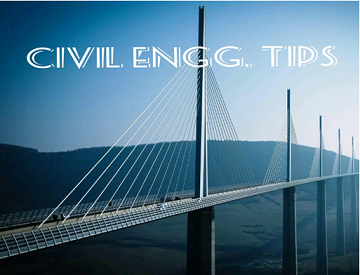A permeable stratum or a geological formation of
permeable material, which is capable of yielding appreciable quantities of
ground-water under gravity, is known as an Aquifer.
In the regions, where ground-water available with great difficulty, even
fine-grained materials containing very less quantities of water may be
classified as principal aquifers.
The
geological formation, which is, neither porous nor permeable; and hence it
neither contains nor yields ground water is called Aquifuge. Granite rock is
an example of aquifuge.
And
the geological formation, which does not yield water freely to wells due to its
lesser permeability, although seepage is possible through it is called Aquitard. The yield from such a formation
is, thus, insignificant. Sandy clay
is an example of aquitard.
Generally aquifers fall into three categories,
i.e.
- Unconfined or Non-artesian aquifer
- Confined or Artesian aquifers; and
- Perched aquifer.
Unconfined or Non-artesian aquifers: Unconfined aquifer (also known as water table
aquifer) is one in which a free water surface i.e. a water table exists. Only
the saturated zone of this aquifer is of importance in ground water studies.
Recharge of this aquifer takes place through infiltration of precipitation from
the ground surface. A well driven into an unconfined aquifer will indicate a
static water level corresponding to the water table level at that location.
Confined or Artesian aquifers: A confined aquifer is an aquifer which is
confined between two impervious beds such as aquicludes. Recharge of this
aquifer take place only in the area where it is exposed at the ground surface.
The water in the confined aquifer will be under pressure and hence the
piezometric level will be much higher than the top level of the aquifer. At
some location the piezometric level can attain a level higher than the land
surface and a well driven into the aquifer at such a location will flow freely
without the aid of any pump. Instances of free flowing wells having as much as
a 50m head at the ground surface are reported. A confined aquifer is called a
leaky aquifer if either or both of its confining beds are aquitards.
Perched Aquifer: Sometimes a lens or localized patch
of impervious stratum can occur inside an unconfined aquifer in a way that it
retains a water table above the general water table. Such a water table
retained around the impervious material is known as perched water table. This type of aquifer is known as perched aquifer. Usually the perched
water table is of limited extent and the yield from such a situation is very
small. In ground water exploration a perched water table is quite often
confused with a general water table.












